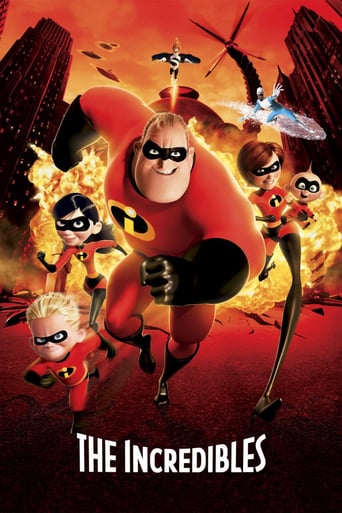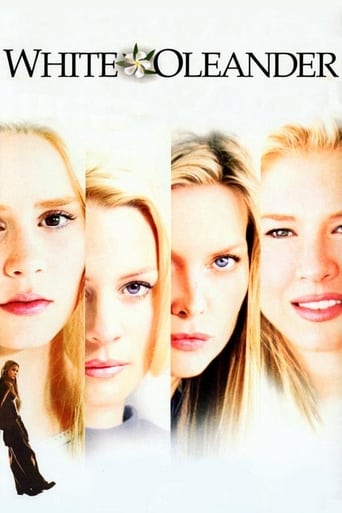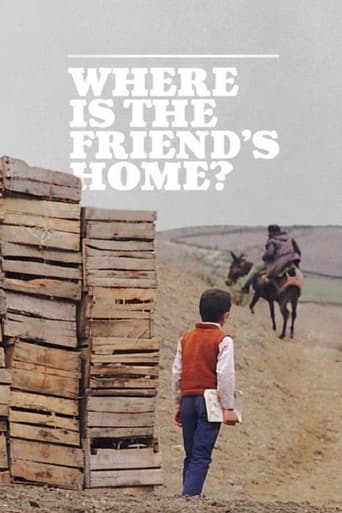
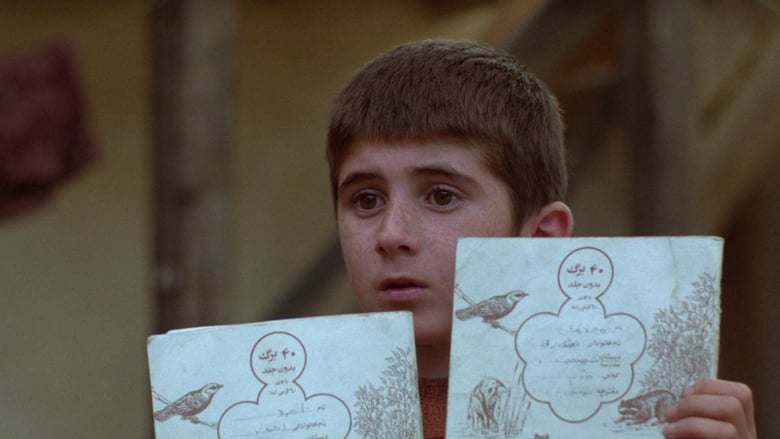
Where Is The Friend's House? (1987)
An 8 year old boy must return his friend's notebook he took by mistake, lest his friend be punished by expulsion from school.
Watch Trailer
Cast
Similar titles
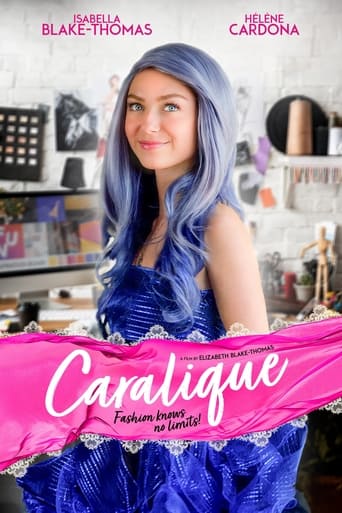
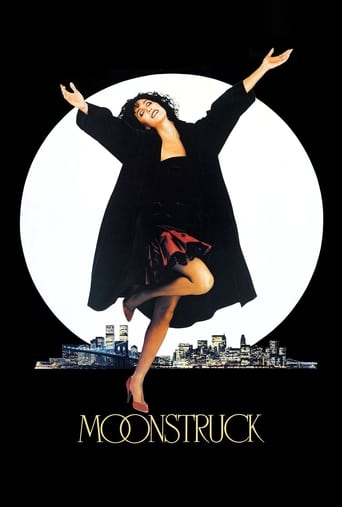
Reviews
This is a tender, generous movie that likes its characters and presents them as real people, full of flaws and strengths.
Very interesting film. Was caught on the premise when seeing the trailer but unsure as to what the outcome would be for the showing. As it turns out, it was a very good film.
The movie is wonderful and true, an act of love in all its contradictions and complexity
This is a dark and sometimes deeply uncomfortable drama
I've not seen an Iranian film before so i thought I would start with one by iconic director Abbas Kiarostami. The film reminds me of a recurring dream I sometimes have of trying to get somewhere but being distracted and slowed down by laborious people and tasks. Watching this film was like reliving one of those dreams. The young Ahmed cannot seem to get a break as he navigates the quaint streets of an Iranian village trying to return his school chum's workbook. All the time being held up by tiresome adults who seem hell bent on slowing his progress as they subject the poor boy to banal conversation.If the story line is tiresome the cinematography is not. The composition of the camera work is quite stunning as we follow Ahmed on his quest, it captures the essence of the village perfectly. A pleasant soundtrack accompanies the film too. Still, these pleasing aspects fail to improve on what is a very tiresome and tedious film. I suggest avoiding at all costs.
Abbas Kiarostami's most mainstream film, "Where Is My Friend's Home?" watches as eight year old Ahmed sneaks away from home and embarks on a quest to return a tattered notebook to a classmate. The classmate, young Mohammed Nematzedah, lives in another village. Ahmed never finds Mohammed's home, and so completes his friend's homework so that Mohammed won't get punished at school. "Good boy," a teacher says the following day. She's referring to Mohammed and his homework. Kiarostami's patting Ahmed on the back. It's a cute tale. Ahmed's our precious little adventurer, small and fragile, who braves unfamiliar locations and strange characters as he struggles to complete what seems to him to be a daunting task. Everyday objects and situations become scary in his eyes, but he doesn't give up. Kiarostami juxtaposes Ahmed's quiet perseverance with the various oblivious and distant adults who surround him. It's a morality play: "do unto others as you'd have them do unto you", whatever the costs. Doors and doorways are a repeated motif throughout the film. The film's sustained opening shot is that of a classroom door, and similar references, images and conversations relating to entrances and doorways permeate the entire film. It's a film about openings, portals, possibilities, all of which clash with the seemingly locked down lives of the film's impoverished older characters, and the constraints imposed on them – particularly females – by Islamic society. One sequence features an elderly carpenter proudly showing Ahmed a wooden door that he built. Iron doors, he bemoans (recall the metal door which opens the film), are putting him out of business; the shutting down of portals and possibilities. But Ahmed quietly jumps these obstacles. Meanwhile, the film's adults, though they profess to be teachers and guardians, are all cold and twisted. It is up to Ahmed to forge his own path without them.The film strongly resembles prior, seminal neorealist works ("The 400 Blows" - Truffaut is a big influence, also De Sica - "Bitter Rice", "Stromboli", "Bicycle Thieves", "Vidas Secas", "Umberto D", even later, slightly more self-conscious films like "Kes"), most of which sanctified the impoverished, focused on the poverty-stricken and wept over little children and their kind relationships with animals and beasts of burden. Aesthetically the film is (deceptively) simple, minimalist, but consistently interesting. Kiarostami's camera work and shifting compositions are beautiful, tracking with Ahmed, picking up bits of conversation, pausing to eavesdrop on others and packed with blunt sight gags (eg- Ahmed goes up a narrow alley, a cow comes down the opposite way, blocking him). In terms of flaws, Kiarostami fawns over Ahmed too much, salivating over his blank expressions and exploiting his cute, wide-eyed fragility. It's the Walt Disney school of emotional manipulation. But of course this is largely why the film has quickly become a classic outside of Iran.8.5/10 – Worth one viewing. For similar fare see the aforementioned films. Also see "Children of Heaven", "Summer at Grandpas", "The White Balloon" and the filmographies of Ozu and Tati. I don't quite trust these stripped down, cutesy, ultra-sentimental tales, but if that's what you're looking for, these represent the cream of the crop.
Actually it's hard to find any more words to define this masterpiece than the ones in the title of this review. If you are looking for something that would make you feel like you're reading a classic short story rather than watching a film, then this one is right that film. When you watch a film you have the vision, the sound, the effects, the music; almost nothing's left to your imagination and you watch the film effortlessly. Eventually, the story is misted over. On the other hand, in Khane-ye doust kodjast?, Kiarostami with his fascinating simplicity, takes you deep into a world of childish innocence. Everything from acting to cameras, is full of that precious amateur feeling. You actually feel amazed when you see how well Kiarostami managed to get such natural acting from a cast of all non-professional actors. Each character, each scene is tailored with Kiarostami's masterful observations. The film is so purely simple that, for a second, I even wished we didn't even have the music that plays only in two scenes, though I loved it. I personally believe, it really is a piece of art than a film.
Many reviewers emphasized the difference between this movie and Kiarostami's works that followed. For some this movie was superior to all that came after (the latter being, in their opinion, too didactic, or too dry, or too snobbish, or too demonstrative in their artfulness, or all of these). Others praised the movies that followed for their daring openings in the cinematic art, while this film was, in their opinion, too simple, too naive, or maybe too didactic (again) in making its point.Actually there is a didactic dimension in all movies of Kiarostami: he has a point to make and he makes it. In all his works the plot (if any) is just a support for his thoughts on movie art. Each of his movies is a demonstration about what a movie should be. Each of his movies is actually a meta-movie.Is Where Is the Friend's Home simple? Yes, while also very subtle. It operates on multiple levels.The exterior level, a plot of astonishing simplicity: like in the fundamental books of mankind, everything is simple, clear, linear, because truth loves nakedness.Beyond this exterior level you'll discover the universe depicted by Kiarostami. A reviewer has observed that the journey of the boy follows a circular trajectory: he is advancing in his quest just to arrive in the same place, again and again. It's a close space, claustrophobic, while the boy is trying each time to enlarge the space. And I noted this circular trajectory, this close, claustrophobic space in all his movies; and also the temptation of the main character to enlarge the space. The same is in Taste of Cherry, in The Wind Will Carry Us, even in Ten.Another observation made by a reviewer: Ahmed finds the friend's house only to find out that the friend is not there: an unfulfilled journey? Actually the fulfillment is just the journey! The journey has the purpose in itself, even if the personage does not know that. Again, the same in Taste of Cherry, or The Wind Will Carry Us, or Ten.It was noted that no adult could take the boy seriously. I would say, it is more than that. The boy needs to find his friend to give him the notebook: but this is the subject of the movie. Asking the adults to help him is asking the adults to participate in the movie: asking the people from the real world to be also part of the world of the movie. Bringing the real world in the movie! The wish of the artwork to be accepted as reality, to become part of the reality: to make the reality part of the artwork. But this is the crux of Kiarostami's work! And, like in all the other movies, in the end someone understands and participates: the old door maker here, the old taxidermist in Taste of Cherry, the old physician in The Wind Will Carry Us, the woman who shaved her head in Ten.No wonder that this movie was followed by two documentaries (And Life Goes On and Through the Olive Trees): Kiarostami came back where he had filmed Where Is My Friend's Home, to talk to the people there, to see the effect of the movie upon them, if any, to understand better the universe there, to be accepted, to make that reality artwork.





